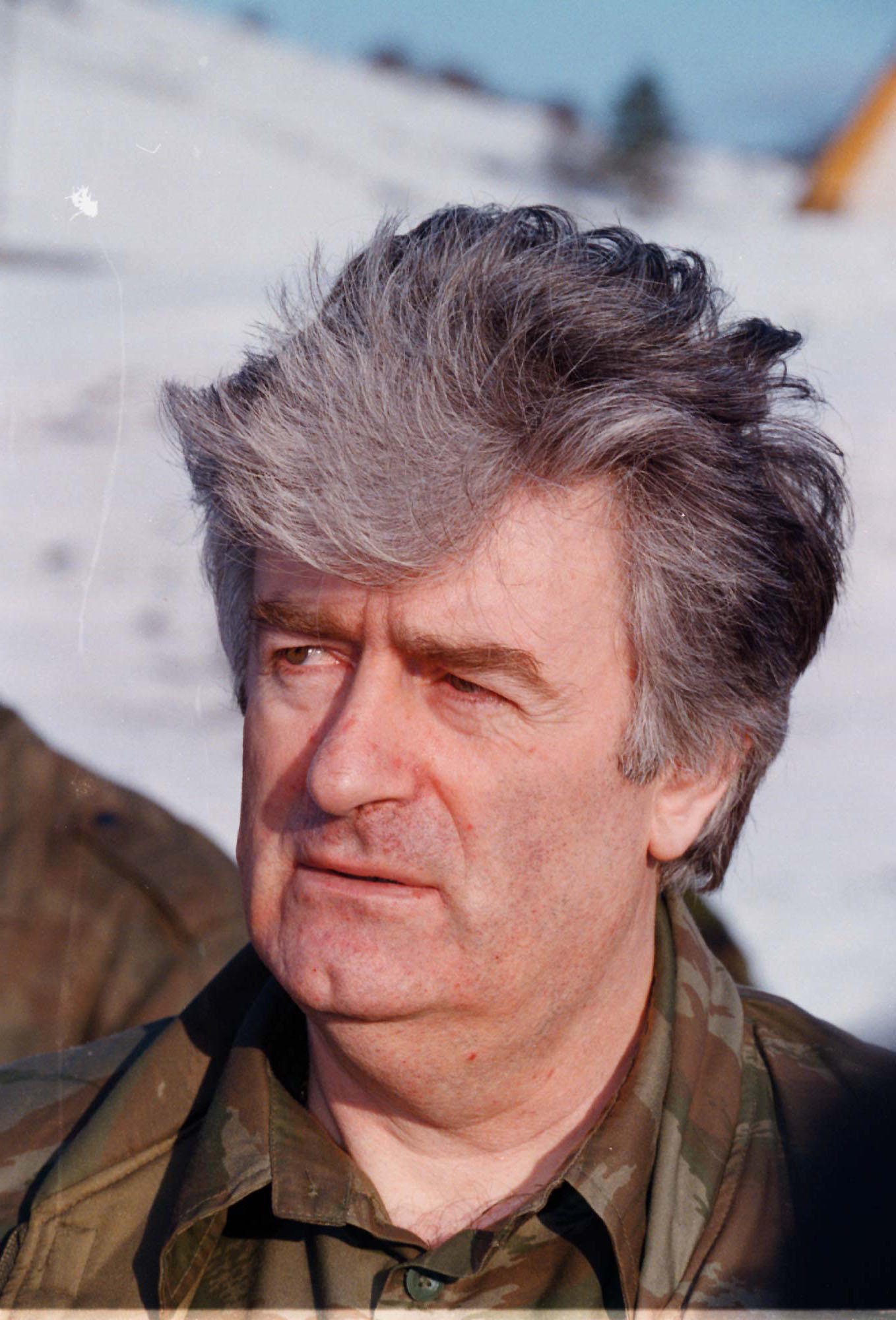The video was exhibited as evidence in the trial faced by the Serbian leader Radovan Karadzic, who was ultimately sentenced to life imprisonment. In the footage, he is seen with the famous Russian writer Eduard Limonov in the summer of 1992, visiting the positions of the Serbian forces besieging Sarajevo.
The most chilling part of the recording occurs when Karadzic tries to contact his wife by phone while playing with a local puppy. "It seems that my wife is not answering," he is heard saying while petting the puppy. A few meters away, a Serbian instructor teaches Limonov how to shoot a machine gun at the Bosnian population. The normalization of a war crime, recorded by its own authors.
"Russians should take an example from you," Limonov adds shortly after. And Karadzic responds, "In the next few days, about 400 [volunteers] will arrive, for whom we have already paid the ticket." "Ah, finally, our Orthodox jihad [holy war] [the religion of Russians and Serbs]," Limonov concludes.
The images of Limonov's participation in the shootings against the civilian population of Sarajevo were always a clear example of the involvement of foreigners in the avalanche of war crimes committed by the Serbian forces during the nearly four years of the siege of the city, in the midst of the civil war that Bosnia experienced in the 90s.
But they were also a reminder of the extreme depravity of the human being, capable of enjoying shooting at strangers as if it were a fairground game.
The recent scandal sparked by an Italian journalist's investigation into the participation of foreign tourists in the attacks on the population of Sarajevo revives one of the most deranged practices of that conflict.
A reality that the Serbs never hid: they showed some of the "volunteers" who bolstered their ranks on local television. The Hague Tribunal found it proven that Karadzic's acolytes had the support of over five hundred Russian, Greek, or Romanian mercenaries. Foreign fighters - including Spaniards - also assisted the Bosnian and Croatian uniformed personnel, as this journalist witnessed on several occasions.
The only thing that could never be confirmed was whether there were outsiders who paid to kill.
During those years, signs multiplied on the streets of Sarajevo saying: "Beware of Snipers". Some of the crossings were blocked by a buildup of vehicles. Buses and cars riddled with bullets, piled next to each other, forming a supposed barrier that hindered the snipers' work. Running through exposed streets was a daily routine for the residents of the city. Just as being aware of the Russian roulette they faced every time they drove along the so-called Sniper Alley, the main artery that crossed Sarajevo from end to end and which, starting from the Holiday Inn hotel - when it became a completely exposed route - was the most common scenario for the "hunts" of those besieging the city.
The scandal surrounding the visit of foreigners to Serbian positions was reignited after the broadcast of the documentary Sarajevo Safari in 2022, where filmmaker Miran Zupanic denounced this chilling phenomenon.
Former Sarajevo mayor Benjamina Karic initiated legal proceedings on September 26 of that year so that "those who shot at innocent citizens of Sarajevo pay for their crimes."
The practices in Sarajevo were fueled by the impunity that the Serbian forces seemed to enjoy for years, only rectifying when they were bombed in 1995.
It is the same arrogance that has recently led Russian or Israeli soldiers to exhibit videos they themselves recorded of them killing Ukrainian civilians or Palestinians in Gaza.
The human safaris in Kherson, the Ukrainian city ravaged by Russian drones, were classified as crimes against humanity by an independent UN investigative commission. Another similar UN investigative commission dedicated to Gaza was even more conclusive in September: Israel has committed genocide.
For weeks in Sarajevo, groups of citizens gathered on one of the main streets in the town to read, one by one, the names of the children killed in Gaza. The same was done by the actors who participated in the opening of the International Theatre Festival MESS in October.
The residents of the Bosnian capital have not forgotten the tragic experience they went through. According to official statistics, the siege left 11,541 civilians dead, of which 1,601 were children. The wounded exceeded 50,000.
"I don't remember crying for the dead and wounded around me in Sarajevo. That's why I pay double now. I cry for the children of Sarajevo and Gaza together. Here is evil again. Horrible and terrifying. Capable of shooting a child just to kill their smile," said Boris Vitlacil, who was 13 years old when the siege of Sarajevo began, to a local publication.
